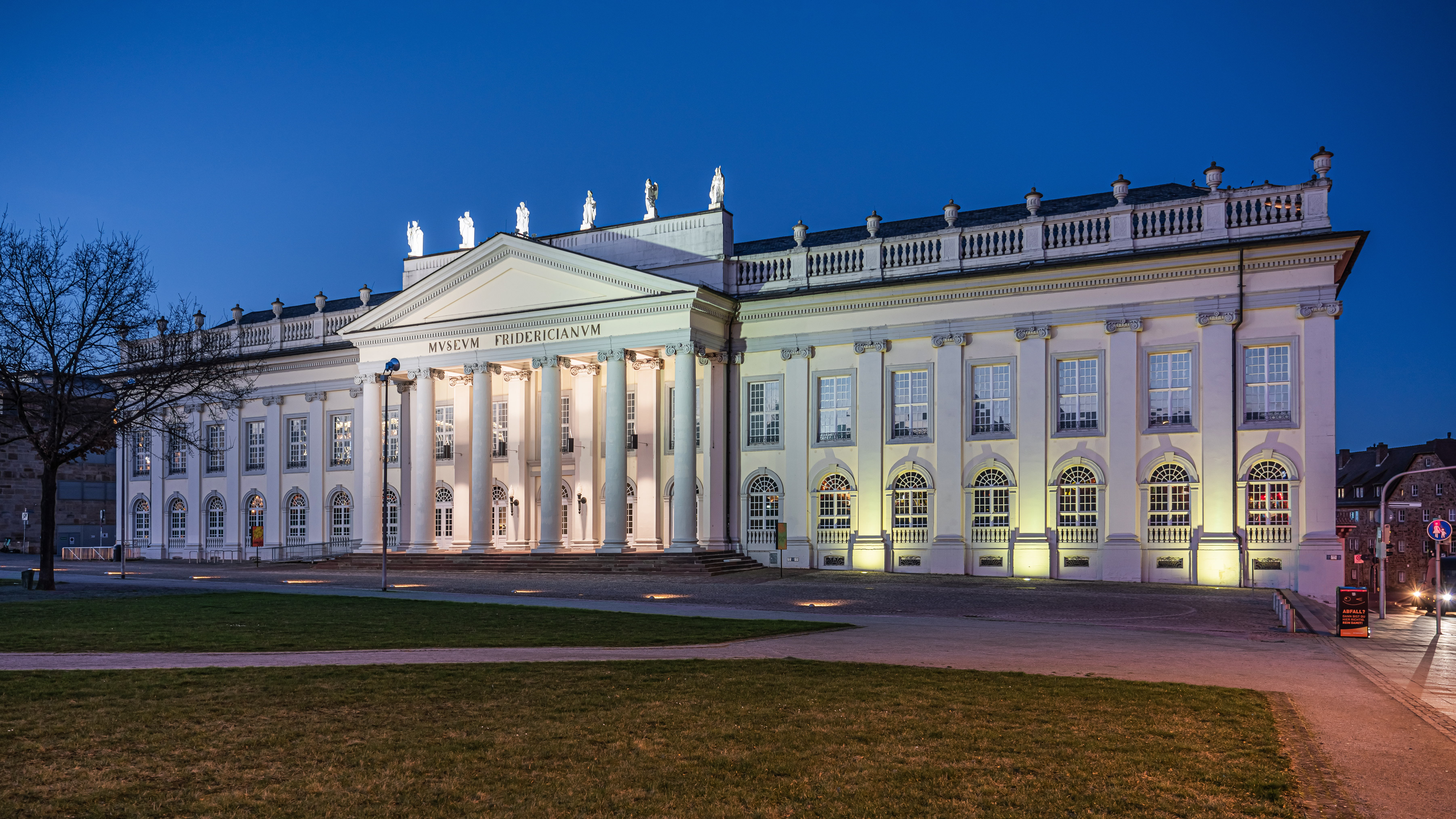|
Günther Grundmann
Günther Grundmann (10 April 1892 – 19 June 1976) was a German art historian, museum curator and monument preservator. Life Born in Jelenia Góra, Krkonoše Mountains, Province of Silesia, after Abitur in his hometown in 1912, Grundmann studied art history at the Ludwig Maximilian University in Munich among others with Heinrich Wölfflin and Paul Frankl. In addition to his studies, he learned painting at the Walter Thor painting school and attended the Königliche Kunstgewerbeschule München from 1913 onwards, where he took, among other things, the typeface class with Fritz Helmuth Ehmcke and the furniture design class with Richard Riemerschmid. When war broke out in 1914, he first returned to Hirschberg and then continued his art history studies at the University of Breslau, which he completed in 1916 with a doctorate (Dr. phil.) under the conduct of . From 1919 to 1932, Grundmann was a teacher of art history at the and an honorary administrator of the "Hausfleißverein", ... [...More Info...] [...Related Items...] OR: [Wikipedia] [Google] [Baidu] |
Art Historian
Art history is the study of aesthetic objects and visual expression in historical and stylistic context. Traditionally, the discipline of art history emphasized painting, drawing, sculpture, architecture, ceramics and decorative arts; yet today, art history examines broader aspects of visual culture, including the various visual and conceptual outcomes related to an ever-evolving definition of art. Art history encompasses the study of objects created by different cultures around the world and throughout history that convey meaning, importance or serve usefulness primarily through visual representations. As a discipline, art history is distinguished from art criticism, which is concerned with establishing a relative artistic value upon individual works with respect to others of comparable style or sanctioning an entire style or movement; and art theory or "philosophy of art", which is concerned with the fundamental nature of art. One branch of this area of study is aesthetics, wh ... [...More Info...] [...Related Items...] OR: [Wikipedia] [Google] [Baidu] |
Province Of Lower Silesia
The Province of Lower Silesia (german: Provinz Niederschlesien; Silesian German: ''Provinz Niederschläsing''; pl, Prowincja Dolny Śląsk; szl, Prowincyjŏ Dolny Ślōnsk) was a province of the Free State of Prussia from 1919 to 1945. Between 1938 and 1941 it was reunited with Upper Silesia as the Province of Silesia. The capital of Lower Silesia was Breslau (now Wrocław in Poland). The province was further divided into two administrative regions (''Regierungsbezirke''), Breslau and Liegnitz. The province was not congruent with the historical region of Lower Silesia, which now lies mainly in Poland. It additionally comprised the Upper Lusatian districts of Görlitz, Rothenburg and Hoyerswerda in the west, that until 1815 had belonged to the Kingdom of Saxony, as well as the former County of Kladsko in the southeast. The province was disestablished at the end of World War II and with the implementation of the Oder–Neisse line in 1945, the area east of the Neisse river fe ... [...More Info...] [...Related Items...] OR: [Wikipedia] [Google] [Baidu] |
Middle Ages
In the history of Europe, the Middle Ages or medieval period lasted approximately from the late 5th to the late 15th centuries, similar to the post-classical period of global history. It began with the fall of the Western Roman Empire and transitioned into the Renaissance and the Age of Discovery. The Middle Ages is the middle period of the three traditional divisions of Western history: classical antiquity, the medieval period, and the modern period. The medieval period is itself subdivided into the Early, High, and Late Middle Ages. Population decline, counterurbanisation, the collapse of centralized authority, invasions, and mass migrations of tribes, which had begun in late antiquity, continued into the Early Middle Ages. The large-scale movements of the Migration Period, including various Germanic peoples, formed new kingdoms in what remained of the Western Roman Empire. In the 7th century, North Africa and the Middle East—most recently part of the Eastern Ro ... [...More Info...] [...Related Items...] OR: [Wikipedia] [Google] [Baidu] |
Secular Building
A secular building is a building for secular purposes. The term is used in fine arts and the cultural science, for example in the history of architecture, to define the secular buildings and its usage from each other, and to standardardise. The antonym of "secular building" is the "religious building A place of worship is a specially designed structure or space where individuals or a group of people such as a congregation come to perform acts of devotion, veneration, or religious study. A building constructed or used for this purpose is somet ...", which clerical or religious purpose is reserved. Examples of secular buildings are museums, townhalls, university buildings and railway stations. The design and style of such buildings is often referred to as profane architecture. References * Wilfried Koch: ''Baustilkunde – Europäische Baukunst von der Antike bis zur Gegenwart'' (in German), page 27, edited edition 2006, {{Authority control Buildings and structures by type ... [...More Info...] [...Related Items...] OR: [Wikipedia] [Google] [Baidu] |
Sacral Building
Sacral may refer to: *Sacred, associated with divinity and considered worthy of spiritual respect or devotion *Of the sacrum, a large, triangular bone at the base of the spine See also * {{disambiguation ... [...More Info...] [...Related Items...] OR: [Wikipedia] [Google] [Baidu] |


